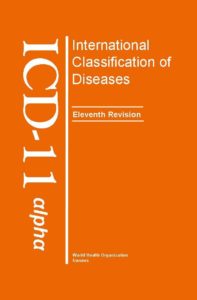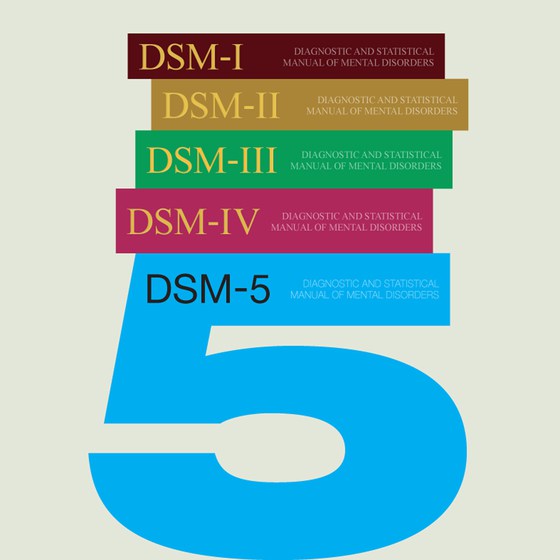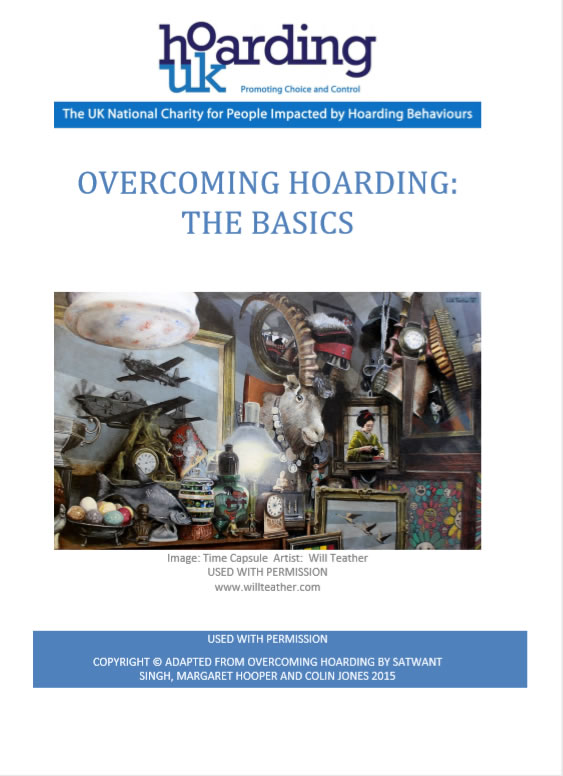About Hoarding
Hoarding behaviour stems from a range of issues some psychological, behavioural, practical, etc. Not everyone who is living amongst an abundance of items would be given the diagnosis of ‘hoarding disorder’. HoardingUK does not require that a person identify as ‘a hoarder’, we support anyone who either wants to make change themselves or is engaged in a process of enforced change.
The information included in this section is drawn from research and is included in the HoardingUK presentation materials. In an effort to have it be readable, citations are not provided. If you have any questions, please get in touch.

The World Health Organisation recognised Hoarding Disorder with the publication of the International Classification of Diseases (ICD11 June, 2018).

The British Psychological Society A Pscyhological Perspective on Hoarding.

The United States classified Hoarding Disorder in 2013 in the DSM-V current diagnostic criteria.
HoardingUK
Talks About Hoarding
Instrumental Health is a documentary series that explores mental health connections with music, poetry, nature, work and children and young people. It aims to the conversation around mental health by making the links between activities and interests in everyday life and mental health and has been nominated for has been nominated for a Mind Media Award. The series also hopes to encourage people to consider other ways of achieving positive mental wellbeing and learn something new about what it’s like living with a mental health problem.
Based on research
Interesting Facts about Hoarding
Who?
- Some research finds that hoarding disorder is more common in males but more females present for support (this has also been found to be equal in terms of how many of each gender hoard).
- No distinction between age, gender, ethnic group, socio-economic status, educational, occupational tenure.
- Often family history of OCD and or hoarding (50% in three studies identified parent, sibling or offspring).
- Potentially only 5% of hoarders come to the attention of professionals.
Source: Singh, 2012
In short, Hoarding Disorder is found across all ages, ethnicities, genders, religions, education levels, sexualities, etc. It is a stereotype to associate hoarding tendencies with older people.
When?
- Hoarding often begins in adolescence.
- Hoarding becomes significant problem for most people in their 30s.
- However, the average age of people seeking treatment is about 50, ranging mainly from early 40s to elderly adults.
Source: Steketee, 2010
Why?
Behaviours include:
- Excessive acquisition
- Saving behaviours and inability to discard
- Difficulty organising
- Complexity in decision making
- Attachment to items
- Perfectionism (including over attentionto detail)
- Avoidance (anxiety)
- Trust issues
- Lack of insight doesn’t see the problem
- Absence of distress (until asked to discard)
- Justification e.g. the place is too small, no time to organise
Source: Boodman, 2000; Claiborn, 2009
Psychological Reasons include:
Eating Disorders (Mainly Food).
Obsessive Compulsive Personality Disorder (OCPD).
Traumatic life events linked to onset, severity of trauma correlates to the severity of the hoarding behaviours.
Co-morbid with many other physical and psychological disorders.
Material deprivation not found to be a driver.
Source: Singh (2012), Mataix-Cols (2012)
What?
Old Clothes, Magazines, CDs, Videos, DVDs, Post, Pens, Old Notes, Bills, Newspapers, Receipts, Card board Boxes, Beads, Fabric, Pins, Rags, Old Medication, Canned Food.
OCD related:
Body products: (nail, hair, excrement)
Rotten food, Animals
Where…else?
Other than their own environment, the person who deals with hoarding behaviours:
- May have storage spaces (or several).
- May be using space of other family, friends, etc.
- May be using external areas of private or other property including hallways, yards, vehicles, etc.
How?
Compulsive Acquisition
- Compulsive buying (usually considered an impulse control disorder).
- Acquiring free things, such as extra newspapers, advertisements, promotional give-aways, and discarded items from street trash or dumpsters.
- Less frequently, acquisition includes stealing and kleptomania (about 10%).
- Often associated with positive feelings and even euphoria, which reinforce the behaviour and make it difficult to curtail.
- Sometimes associated with dissociated states and may be used to soothe negative moods.
Source: Frost, Steketee, 2007
Failure to Discard
Sentimental (emotional), instrumental (useful), or intrinsic (aesthetic) value in excess of their worth in most people’s eyes:
- If I discard this, I will lose the memory.
- This may come in handy later.
- This may gain in value.
- Rescuing.
- This object is a part of me.
- Family ties.
- Safety (feeling of safety as a result of clutter).
- Process time-consuming and complicated and the number of newly acquired items exceeds removed ones, so the home gradually fills with things.
Source: Frost, Steketee, 2007/Mataix-Cols, 2012
research BY MEGAN KARNES
What is Hoarding Disorder?
This text is taken directly from research undertaken by Megan Karnes and cannot be used without consent. Citation information is available upon request.
“Approximately 70 species of animals hoard food in order to ensure survival. Studies show that humans and animals share same the subcortial region in the brain that drives this instinct. Although the ancient Greeks recognised compulsive collecting the word hoarding was not used to describe human behaviour until the 1960’s by Bolman and Katz. Frost and Steketee define a person who hoards as a person who collects but fails to discard possessions that appear to have little or no value, whose living space becomes unfit for purpose and who experiences ‘distress or impairment’ in functioning as a result of the clutter.
In the context of hoarding even clinical evidence does not allow for a simple discussion. While now considered more than a personal eccentricity, it only became recognised as a disorder in its own right with the publication of DSM V in 2013. Instead it was previously listed in the DSM IV TR as one of the diagnostic criteria for Obsessive-Compulsive Personality Disorder (OCPD). This criterion was based on Freud’s theory of anal fixation, although that rationale is no longer considered valid. The OCPD criterion is often disputed. More commonly hoarding is discussed as a manifestation of Obsessive Compulsive Disorder (OCD), but recent research reveals that hoarding is often, but not always, found with OCD. Co-morbidity has been found with schizophrenia, eating disorders, brain injury, dementia, social phobia, depression, psychosis, Pica, Prader-Willi syndrome, and Alzheimer’s, etc. In fact 92% of people who hoard have at least one other mental health disorder. ‘Diogenes Syndrome’ also involves hoarding but includes self-neglect and squalor. Chromosomal links, frontal lobe damage and brain dysfunction have been cited as potential biological causes.
While these facts pointedly expose the lack of clarity amongst researchers about what causes and how to classify hoarding, Professor Paul Salkovskis succinctly states “Knowing which area of the brain is affected does not help you in treatment one little bit.”
little is still known
We’re Determined to be Proactive
Most people collect something at various points in their lives clinical evidence shows we still know very little about the behaviour.
Problematic hoarders can be of any age, sex or socio-economic group. They often, but not always, live alone, and lead isolated lives, although some have partners and/or children, who can also be adversely affected.
Collected items include papers, packaging, films, clothing, furniture and crockery, electrical items, tools, new items, animals, human waste and anything else.
‘An Introduction to Hoarding’, a man discusses the impact of his wife’s hoarding on his life:
“I buried my wife yesterday… After fifty years of marriage, her dying words to me were not ‘I love you.’ They were ‘Don’t touch my stuff…What could I have done that might have made things different?”
Hoarding UK is determined to become a proactive part of finding that answer.
read all about it
Overcoming Hoarding: The Basics
This booklet is the first in our series to support people with hoarding behaviour.
When dealing with hoarding issues, Overcoming Hoarding: The Basics provides guidance with tips and potential obstacles to avoid.
Please download or read here.
ISLINGTON
Protocols & Supporting Evidence
“People with hoarding behaviours have difficulty parting with possessions that may seem to have little value to others. When this is significant the expanding clutter disrupts their ability to appropriately use some or all of the areas of their home. When extreme, hoarding behaviours can result in fire risk, squalor, infestation and or structural collapse. Concerns impact not only the individual but family, neighbours, and professionals, including fire fighters.“
£10,000+ tenancy intervention costs
London Borough of Islington estimate
272 hoarding related fires in Islington
between 2010-2015
Between 4,000 and 11,000 people in Islington may be experiencing measurable hoarding behaviours
based on a 2008 national estimate
Extract and facts from Islington’s Evidence Hub document, which can be downloaded here.




